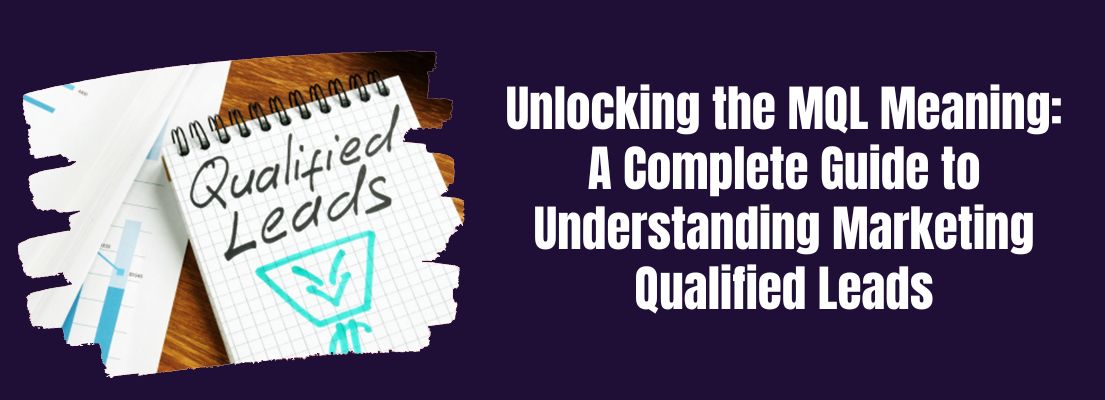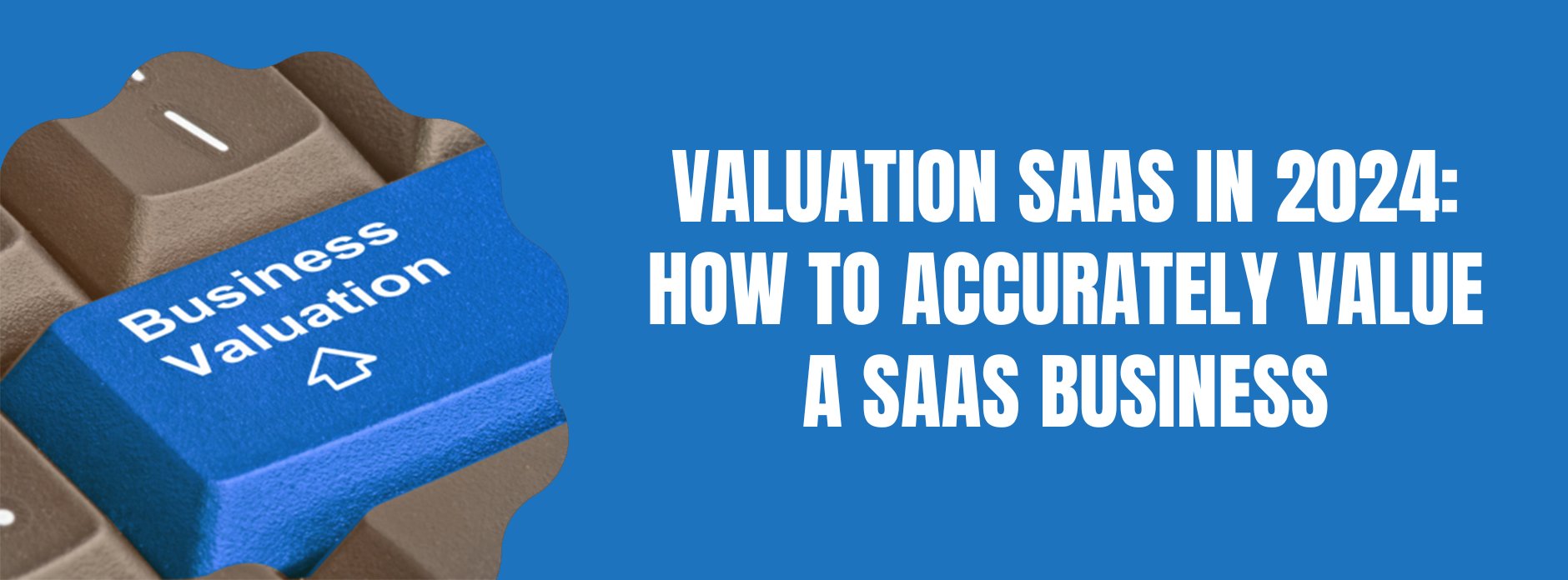Ah, demand generation marketing – the secret sauce that turns your company into a customer magnet. But what is it, and how can you harness its power to transform your business? Fear not, dear reader, for we are here to guide you through the maze of what is demand gen marketing, from understanding its basics to uncovering the strategies that will skyrocket your success.
Short Summary
- Demand gen marketing is like the Pied Piper, leading potential customers to success!
- Integrate data and tools to get sales and marketing teams on the same page for high-flying results.
- Track key metrics, optimize conversion rates & measure ROI – that’s how you win at demand gen!
Understanding Demand Gen Marketing
Demand generation marketing is like the pied piper of the business world, enchanting potential customers and guiding them through their buyer’s journey. It’s a strategic approach that focuses on creating awareness and interest in your company’s products or services.
Think of it as the master puppeteer pulling the strings of various tactics, like content creation, inbound marketing, and sales enablement, to captivate your target audience and transform them into loyal customers.
You can ensure a steady stream of potential customers for your business by implementing a marketing strategy that includes demand-generation marketing efforts.

Demand generation marketing is like the pied piper of the business world, enchanting potential customers and guiding them through their buyer’s journey. It’s a strategic approach that focuses on creating awareness and interest in your company’s products or services. Think of it as the master puppeteer pulling the strings of various tactics, like content creation, inbound marketing, and sales enablement, to captivate your target audience and transform them into loyal customers. You can ensure a steady stream of potential customers for your business by implementing a marketing strategy that includes demand-generation marketing efforts.
But how does one craft a successful demand-generation strategy? Well, it all starts with figuring out who your ideal customers are and what they’re after – no easy feat, I assure you. Once you’ve identified your target audience, the next move is to create content that speaks to their wants and desires. From there, it’s all about spreading the word through:
- Content marketing
- Campaigns
- Social media
- Webinars
- Virtual events
But enough with the introductions – let’s dive into the key components of demand generation marketing.
Key Components of Demand Generation
Demand generation is a delightful cocktail of various tactics, each playing its part in building brand awareness and generating leads. First up, we have content creation: the art of crafting informative and engaging content that answers the burning questions of your target audience. This content can take many forms, such as:
- guides
- white papers
- ebooks
- presentations
- toolkits
The key is to make it top-notch, original, and valuable – you want your audience to feel like they’ve struck gold.
Another crucial ingredient in your demand generation mix is inbound marketing. This involves attracting potential customers through search engine optimization (SEO), social media, and other channels, then nurturing them with relevant content and offers. To top it off, we have sales enablement, which empowers your sales team with the content, tools, and insights they need to close deals like a pro.
Combine all these tactics with a pinch of customer retention (after all, keeping customers is just as important as acquiring them), and you’ve got yourself a winning demand generation strategy.
The Buyer’s Journey in Demand Gen Marketing
In the world of demand-gen marketing, the buyer’s journey is like a thrilling rollercoaster ride with four exciting stages.
- Awareness
- Consideration
- Decision
- Post-purchase
At each stage, your demand generation strategy must adapt to address the needs and desires of your potential customers. For instance, during the awareness stage, you want to create content that sparks interest and gets people talking about your brand.
As your potential customers move through the consideration and decision stages, your demand generation efforts should focus on providing content that educates, engages, and sways their decision-making process in your favor. Finally, once they’ve made a purchase (congratulations!), your demand-gen marketing shouldn’t stop there. The post-purchase stage is crucial for maintaining customer loyalty and turning them into brand advocates. So keep that content coming and nurture those relationships like a prized garden.
The Difference Between Demand Generation and Lead Generation
Now, you might be wondering: what’s the difference between demand generation and lead generation? Well, think of demand generation as the hype man for your company’s offerings, while lead generation is the smooth-talking salesperson that seals the deal. Demand generation is all about building awareness and interest in your brand, making people go, “Ooh, I want to know more about that!”.
On the other hand, lead generation comes into play once you’ve piqued your audience’s interest and focused on capturing and converting those leads into potential customers. But fear not, for these two marketing strategies are not sworn enemies – quite the opposite, in fact. They work together in harmony, with demand generation laying the groundwork for lead generation to swoop in and secure those precious conversions.


FREE eBook: The 30 Greatest Lead Generation Tips, Tricks & Ideas
This is your guide to start generating more high-quality sales leads todayHow Demand Generation Feeds into Lead Generation
Demand generation is a process that drives the creation of interest in potential customers, ultimately creating demand. This, in turn, leads to lead generation. Well, it all starts with building a solid foundation of awareness and interest in your brand. A demand generation campaign helps to reel in those leads like a fisherman casting his net by creating captivating content and campaigns that resonate with your target audience.
Once you’ve got those leads hooked, it’s time for lead generation to take over and work its magic. This involves:
- Capturing the contact information of potential customers
- Nurturing them with personalized content and offers
- Ultimately converting them into paying customers
Together, demand generation and lead generation form a powerful duo that can drive business growth and success.
B2C vs. B2B Demand Gen Marketing Strategies

When it comes to demand gen marketing, one size does not fit all – especially when you’re dealing with B2C and B2B audiences.
B2C marketing is all about wooing individual consumers, making them fall head over heels for your brand. Meanwhile, B2B marketing is like a smart diplomat, negotiating deals and getting buy-in from entire teams and departments. These distinct needs and preferences call for differing strategies and tactics.
But don’t worry, we’re here to help you navigate the treacherous waters of B2C and B2B demand gen marketing, so let’s dive into the tactics that work best for each.
Adapting Demand Gen Tactics for B2C and B2B
For B2C audiences, authenticity is the name of the game. These consumers crave genuine connections and want to feel like they’re engaging with a brand that truly understands and cares about their needs. This means crafting content and campaigns that speak directly to their pain points and desires, as well as leveraging social media and influencers to build trust and credibility.
On the flip side, B2B audiences demand a more professional approach. They’re looking for solutions that will make their jobs easier and provide a clear return on investment. To cater to this audience, your demand generation strategy should focus on:
- Building strong relationships
- Showcasing your expertise through thought leadership content
- Demonstrating the tangible benefits of your product or service.
You’ll be well on your way to demand gen success by tailoring your tactics to the unique needs of B2C and B2B audiences.
Essential Demand Generation Strategies for Success

Ready to level up your demand gen marketing game?
We’ve got the essential strategies that will propel your success. It all starts with creating high-quality content that educates, engages, and entertains your audience. But that’s not all – you’ll also want to leverage the power of social media to connect with potential customers, monitor their pain points, and share valuable content that keeps them coming back for more.
And let’s not forget the pièce de résistance: hosting webinars and virtual events that showcase your expertise and provide valuable insights to your audience. Trust us, these strategies are a surefire recipe for demand generation success.
Creating High-Quality Content
In the world of demand gen marketing, content is king. But not just any content will do – you need to produce original, valuable content that addresses your audience’s pain points and positions your brand as the go-to solution. This could be in the form of:
- blog posts
- whitepapers
- ebooks
- videos
Just make sure it’s engaging, informative, and relevant to your audience’s needs.
Why is high-quality content so crucial, you ask?
Because it helps to build trust and credibility with your audience, making them more likely to choose your brand over the competition. Plus, it’s a fantastic way to showcase your thought leadership and expertise in your industry. So don’t skimp on the content – invest the time and effort to create something truly great.
Leveraging Social Media for Demand Gen
If content is king, then social media is the queen of demand-gen marketing. With billions of people using platforms like Facebook, Twitter, and Instagram every day, social media offers a unique opportunity to connect with your audience and share your valuable content with the masses.
But it’s not just about posting links and hoping for the best – you’ll need to engage with your followers, respond to their comments, and even monitor their pain points to stay ahead of the game.
By leveraging social media for demand generation, you can:
- Build a loyal following of potential customers who are eager to learn more about your brand and offerings
- Monitor industry trends
- Gain insights into your competitors
- Identify potential partnerships or influencer marketing opportunities
So don’t let social media pass you by – embrace it and watch your demand gen efforts soar.

Hosting Webinars and Virtual Events
Webinars and virtual events are like the cherry on top of your demand gen marketing sundae. They offer a unique opportunity to showcase your thought leadership, build relationships with your audience, and provide valuable insights that can help them succeed. Plus, with many people working remotely these days, webinars and virtual events have become more popular than ever.
To make the most of your webinars and virtual events, focus on providing engaging, informative content that addresses your audience’s needs and challenges. Invite industry experts, thought leaders, or even complementary solution providers to join you and share their insights, helping to expand your reach and attract new followers.
And don’t forget to promote your events on social media and through email marketing, ensuring you generate as much buzz as possible. With a little planning and creativity, webinars and virtual events can be a powerful weapon in your demand gen marketing arsenal.
Aligning Sales and Marketing Teams for Demand Gen Success
You’ve got your demand gen strategies in place, but there’s one crucial piece of the puzzle still missing: collaboration between your sales and marketing teams.
You see, demand generation success isn’t just about creating great content or hosting webinars – it’s also about ensuring your sales and marketing teams are working together like a well-oiled machine to optimize lead scoring, nurture leads, and close deals.
But how can you foster this collaboration and achieve demand gen success? Read on, dear reader, as we reveal the secrets of aligning sales and marketing teams for demand gen dominance.
Integrating Data and Tools

The first step in aligning your sales and marketing teams is integrating their data and tools, ensuring everyone has access to the same information and can make data-driven decisions. This could involve using:
- A customer relationship management (CRM) system like HubSpot
- A marketing automation platform
- Other software solutions that help teams track customer data, automate tasks, and measure campaign success.
Your sales and marketing teams can work together more effectively, identifying opportunities for collaboration and optimizing their strategies based on real-time insights by integrating data and tools. Plus, with a unified data set, you can ensure everyone is on the same page when it comes to measuring success and tracking progress towards shared goals.
Developing Joint Goals and KPIs

Once you’ve integrated your data and tools, it’s time to establish shared goals and key performance indicators (KPIs) for your sales and marketing teams. This ensures that everyone is working towards the same objectives and measuring success consistently.
Your teams can collaborate more effectively, share insights, and optimize their strategies to achieve better results by having joint goals and KPIs.
So, what should these joint goals and KPIs look like? Well, they might include:
- Shared targets for lead generation
- Conversion rates
- Revenue growth
- Specific metrics for tracking the success of demand generation campaigns and initiatives
Your sales and marketing teams can unlock the true potential of demand-gen marketing and drive your business to new heights by working together towards these shared goals.
Measuring the Impact of Demand Generation Marketing
Now that you’ve got your demand gen marketing strategies in place and your sales and marketing teams working in harmony, it’s time to measure the impact of your efforts. After all, what’s the point of all this hard work if you can’t see the fruits of your labor? Key metrics for measuring demand generation success include:
- Lead quality
- Conversion rates
- Return on investment (ROI)
- Revenue attribution
You can determine the effectiveness of your demand-gen marketing efforts, identify areas for improvement, and optimize your strategies for even greater success by tracking these metrics. So let’s take a closer look at how to measure these important metrics.
Lead Quality and Conversion Rates

Lead quality and conversion rates are the bread and butter of demand-gen marketing.
You can determine the effectiveness of your demand generation efforts and make data-driven decisions to improve your strategies by tracking the quality of leads generated and their conversion rates.
To measure lead quality, look at factors such as the relevance of the lead to your target audience, their level of engagement with your content, and their likelihood of converting into a paying customer.
Meanwhile, conversion rates can be calculated by dividing the number of leads that convert into customers by the total number of leads generated.
You can ensure your demand-gen marketing efforts are hitting the mark and driving business growth by focusing on generating high-quality leads and optimizing conversion rates.
ROI and Revenue Attribution
Return on investment (ROI) and revenue attribution are the icing on the demand-gen marketing cake. You can optimize your strategies and allocate resources more effectively by measuring the ROI of your demand gen efforts and attributing revenue to specific campaigns.
To calculate ROI, start by subtracting the marketing costs from the amount generated from a campaign. Then divide that number by the marketing cost to get the value. Revenue attribution, on the other hand, involves tracking the source of leads and sales and attributing them to specific campaigns that generated them.
You can ensure that your demand-gen marketing efforts are delivering the best possible results and driving your business forward by focusing on these metrics.
Summary
In conclusion, demand gen marketing is a powerful tool for building awareness, generating leads, and ultimately driving business growth.
You can create a demand-gen marketing strategy that delivers results by understanding the key components, tailoring strategies for B2C and B2B audiences, and aligning sales and marketing teams. So, go forth and conquer the world of demand gen marketing, and watch as your business reaches new heights of success.
Frequently Asked Questions
What does demand gen marketing do?
Demand generation marketing is a multifaceted, data-driven strategy designed to create interest and awareness in a company’s product or service. It looks at consumer needs, and products offered, and finds the perfect way to bring them together for maximum visibility, resulting in promising leads.
What is demand gen vs lead gen?
Demand gen and lead gen are both great marketing tactics to get customers on board – demand gen gets you brand attention, while lead gen turns that awareness into conversions.
It’s time to put the pedal to the metal!
Is demand gen the same as digital marketing?
No, demand generation and digital marketing are not the same; demand generation is focused on driving awareness and interest, whereas digital marketing covers a wide range of tactics.
How do I become a demand gen marketer?
To become a demand gen marketer, you need to have relevant marketing experience, knowledge of CRM and marketing automation software, and the ability to measure the effectiveness of your campaigns. Additionally, understanding your customer’s needs, developing buyer personas and customer journey maps, building brand awareness, and investing in partner marketing are essential steps to take when building your demand gen strategy.
These skills are essential for any demand-gen marketer, but they are only the beginning. To be successful, you must also have a deep understanding of the customer journey, the ability to create compelling content, and the ability to measure and optimize campaigns. Additionally, you must be able to collaborate with others.
What is meant by demand generation?
Demand generation is an inbound marketing strategy that helps create interest and awareness in an organization’s products or services, resulting in long-term customer engagement. It includes activities like lead capture, lead nurturing, and pipeline acceleration to increase demand for a company’s offerings.
These activities are designed to attract potential customers and convert them into leads, which can then be nurtured and converted into customers. The goal of demand generation is to create a steady stream of qualified leads that can be nurtured and converted into qualified leads.






